At its heart, MCP is an open-source framework designed to standardize how Large Language Models (LLMs) connect with the outside world.
Why does it matter?
Imagine your company has different AI models, maybe one from OpenAI for text generation, one from Google for analysis, and a couple of specialized open-source models for other tasks. Now, imagine you have different tools and data sources these AIs need to access: a company wiki on Confluence, a customer database in Salesforce, a weather API, an internal HR system, and your project management board in Jira.
To make any single AI talk to any single tool, each new tool requires a new connector for every AI. Each new AI requires a new connector for every tool. With updates, changes, and new solutions, the problem multiplies until you have a spaghetti architecture of bespoke code that is impossible to maintain, secure, or scale.
MCP reduces this complexity by providing a universal language that all AIs and tools can speak. It uses JSON-RPC 2.0 for communication, which is a lightweight remote procedure call protocol that's simple, human-readable, and perfect for sending clear, unambiguous commands. It also draws heavy inspiration from the Language Server Protocol (LSP). Just as LSP allows any editor to support any language's advanced features without custom code for each pair, MCP allows any AI (the "host") to use any tool (the "server") without a bespoke integration.
Its architecture breaks down the problem into three roles:
-
Hosts: The host is the entity that wants to do something but needs outside help. This could be a sophisticated chatbot that needs to look up a customer's order history, an AI agent managing your calendar, or a data analysis platform that needs to query a live database. The host is the decision-maker.
-
Clients: A client is a specialized piece of software that speaks fluent MCP. It's the host's personal translator and diplomat, taking the host's general intent ("I need to get order history for customer #123") and formatting it into an MCP request that a server can understand. It manages the connection lifecycle, handles errors, and ensures the Host doesn't need to know the messy details of the protocol.
-
Servers: These are the external services that do the actual work. They are the bridge between the AI's digital brain and reality. They expose their capabilities, or "primitives," to any client that knows how to ask. The MCP server is the gatekeeper to the real-world data and actions.
These servers offer three types of primitives:
-
Tools: A tool is an active verb that allows the AI to perform actions in the world. While simple examples include get_weather_forecast, the real power (and danger) lies in more potent tools like execute_sql_query, post_to_social_media, create_vm_instance, or even initiate_money_transfer.
-
Resources: A resource is a passive noun, providing the AI with context, knowledge, and grounding in facts. With resources like company_wiki.md, project_requirements.pdf, or quarterly_sales_data.csv, it can provide more personalized, accurate, up-to-date, and verifiable information.
-
Prompts: These are pre-written, templated texts designed to guide the AI in performing a specialized task. Think of a prompt as a "recipe" or a set of guardrails for the AI's thought process. A summarize_meeting_notes prompt might contain a template that tells the AI exactly how to structure its summary (e.g., "Start with a one-sentence summary, followed by a bulleted list of key decisions, and end with a list of action items assigned to individuals.") to ensure consistency and quality.
This elegant structure has led to its rapid adoption by industry giants, who see it as a foundational infrastructure layer for the next generation of AI agents. You can read the MCP protocol specification here.
What's Next?
Read the next stories in our MCP Security series: How Model Context Protocol (MCP) Servers Communicate and 4 Best Strategies to Secure Model Context Protocol

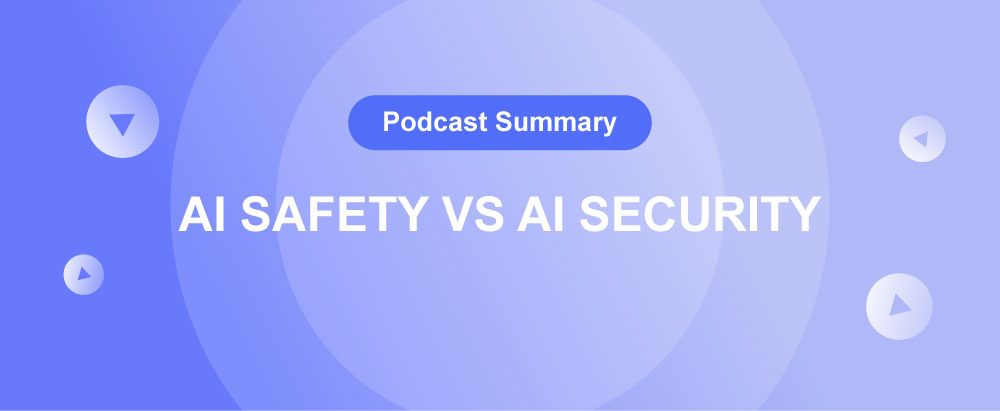
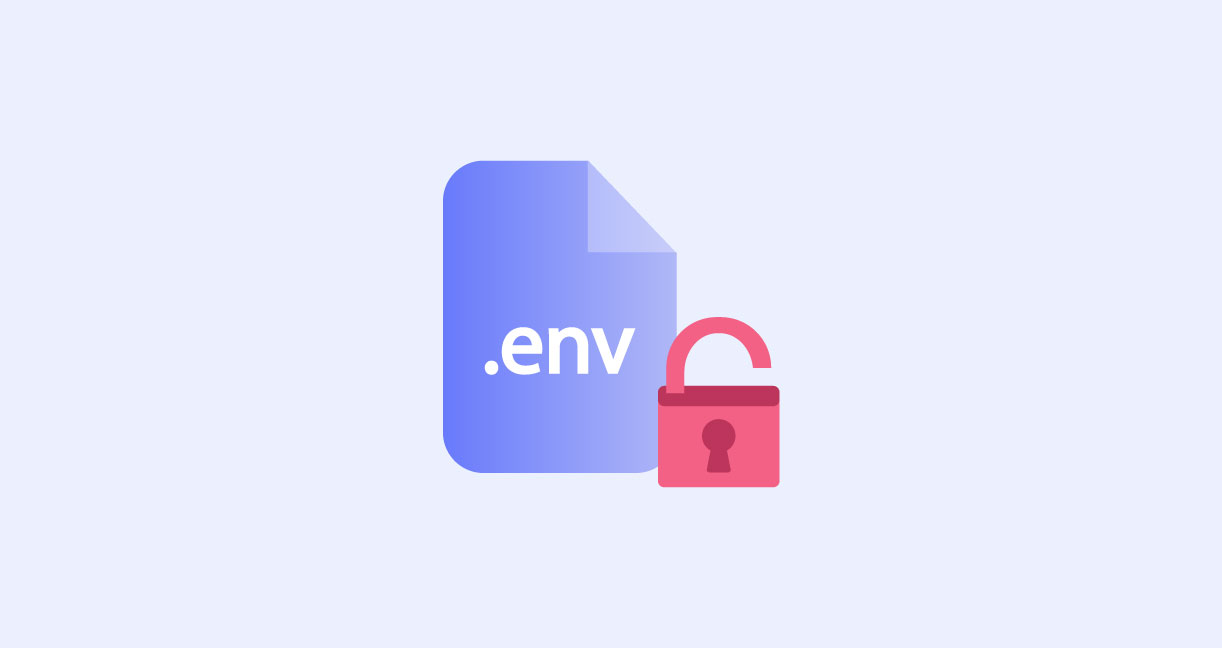


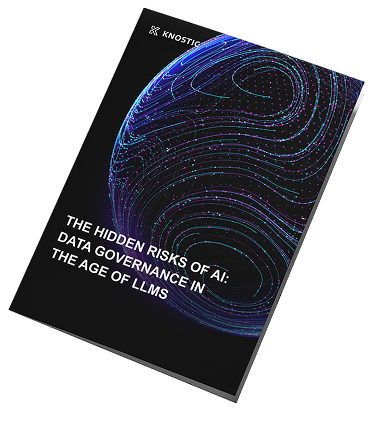
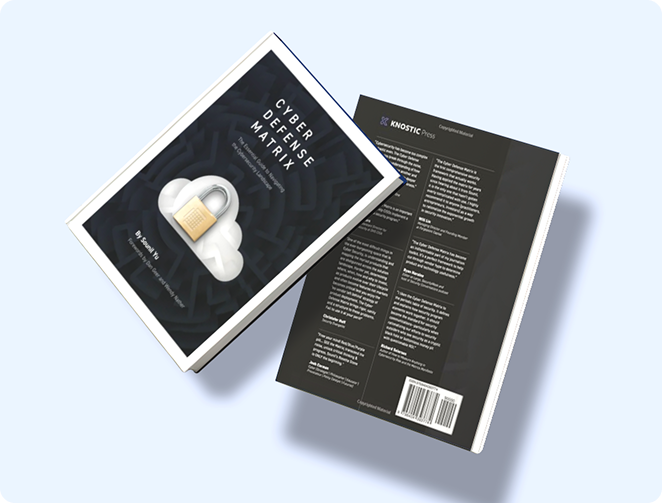
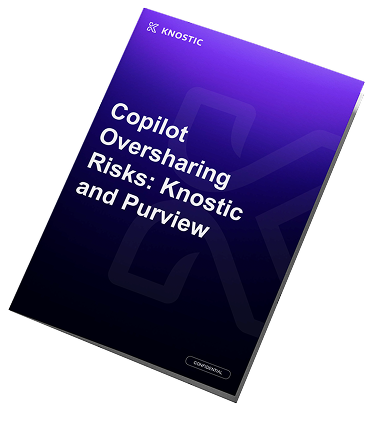
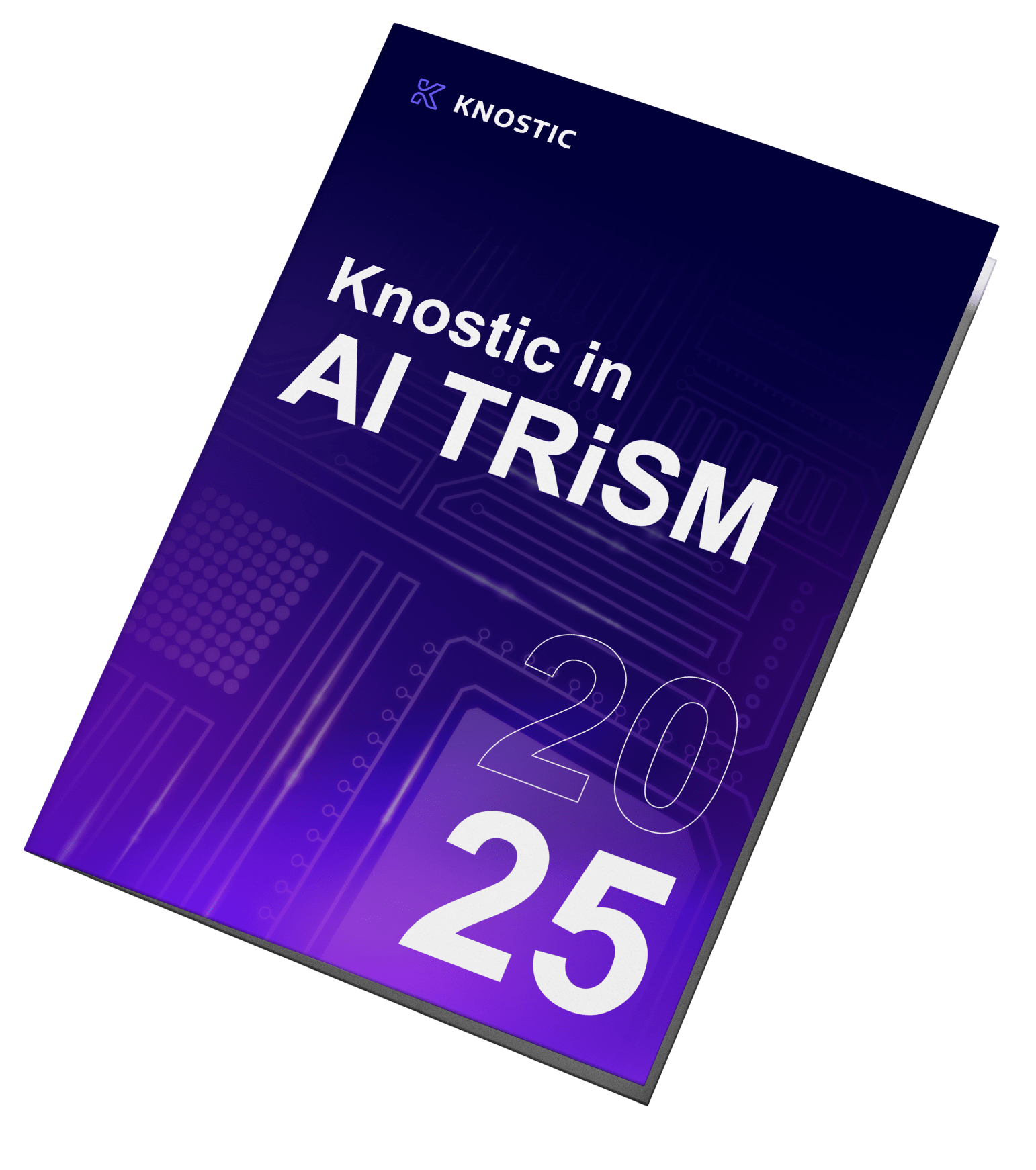
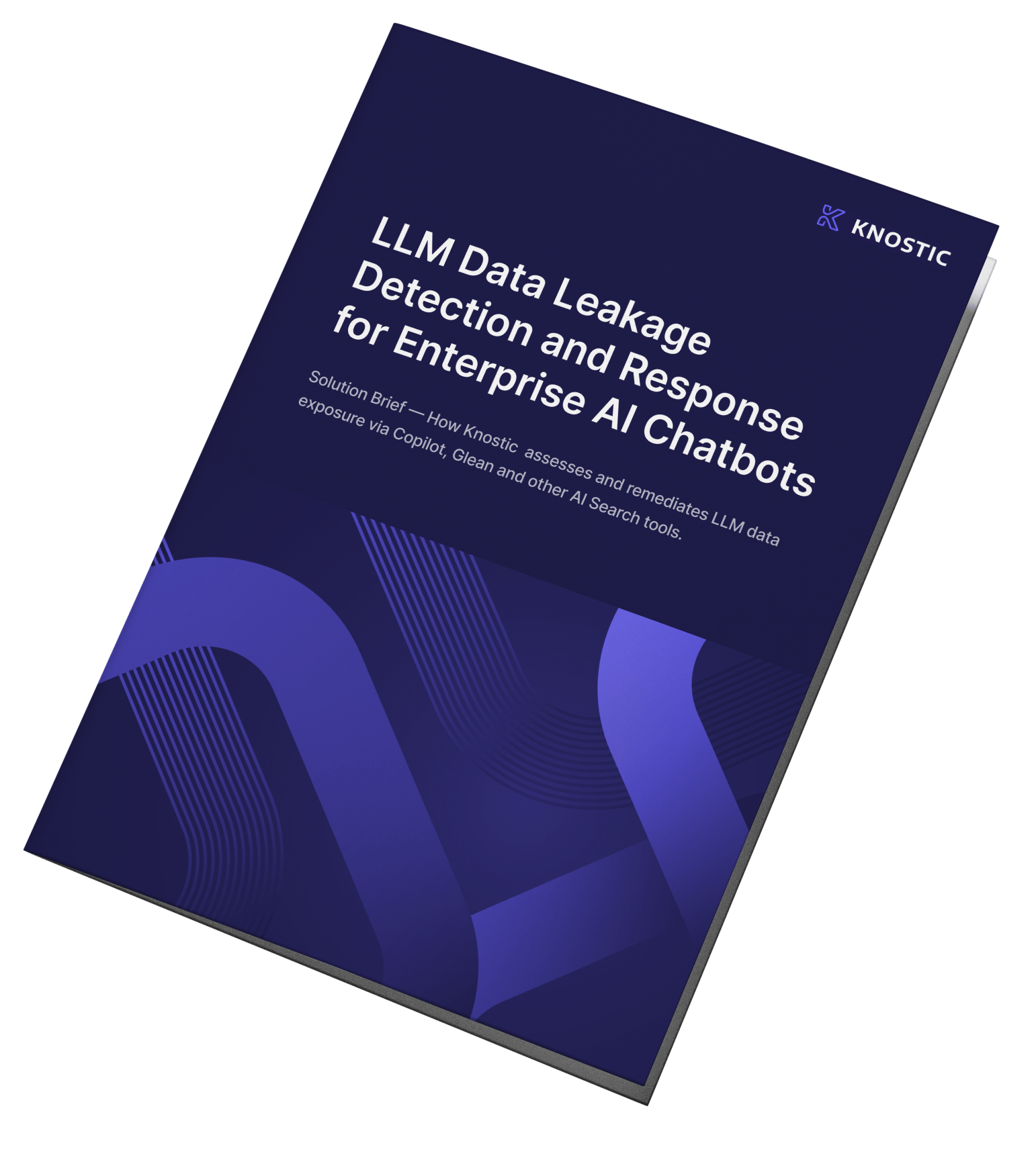
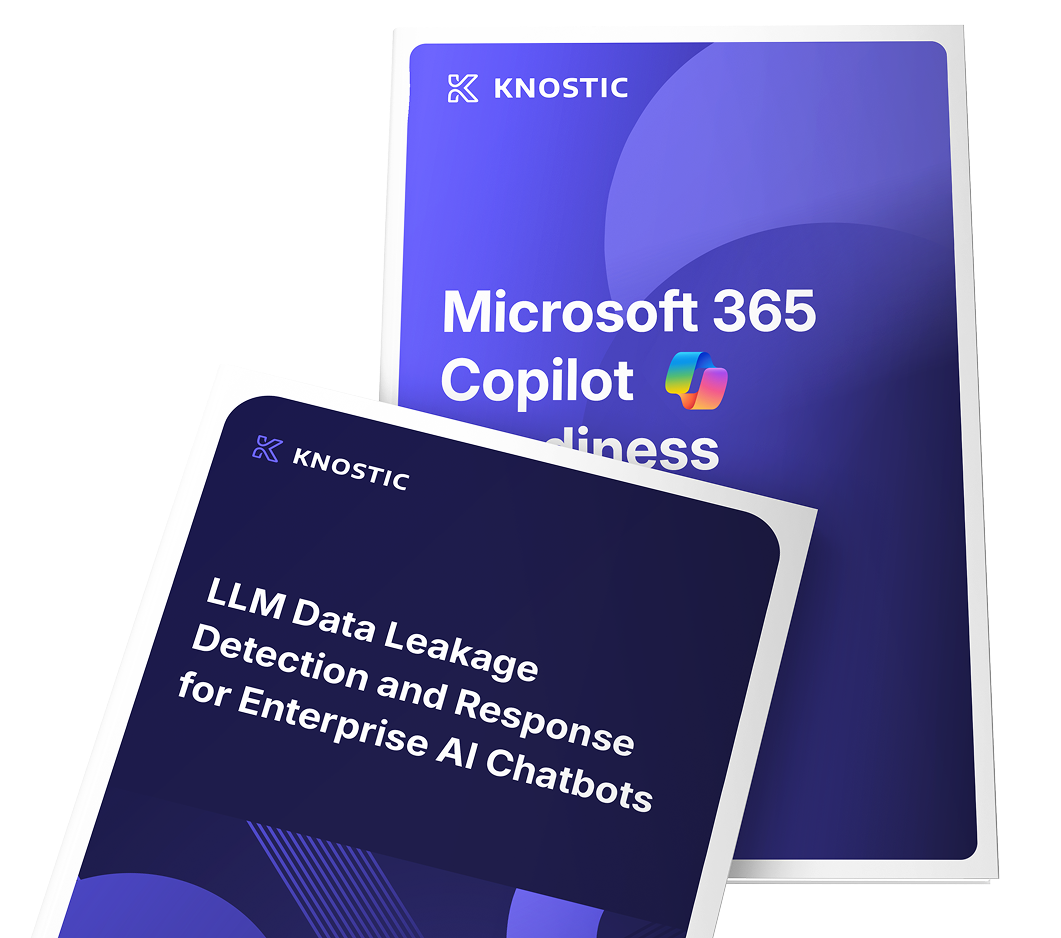
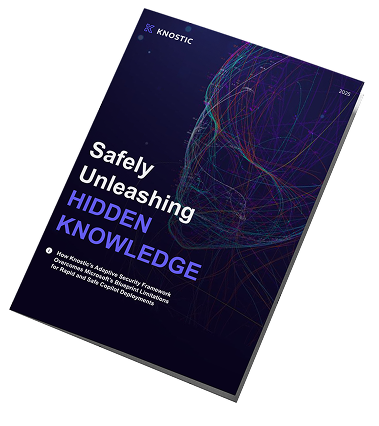
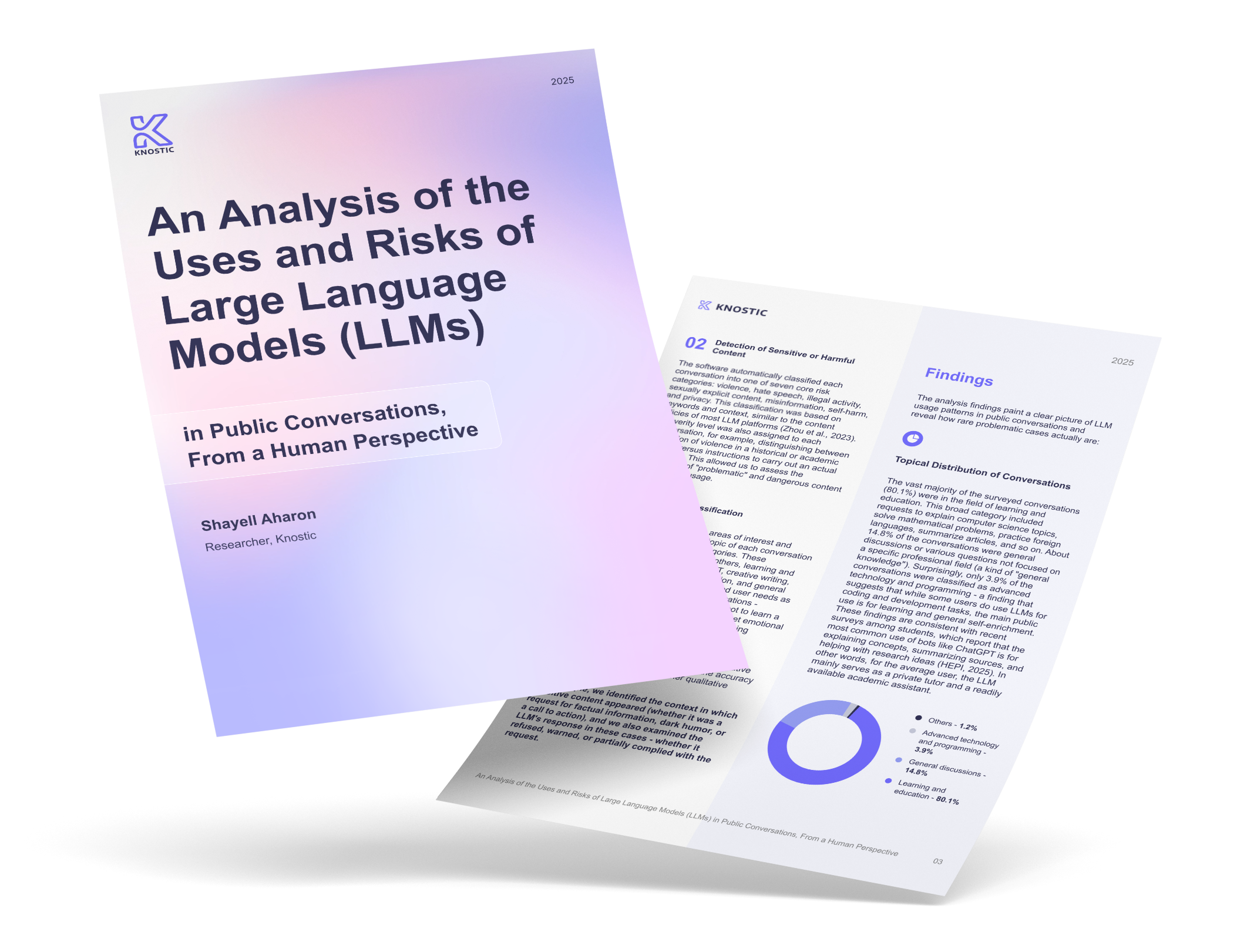
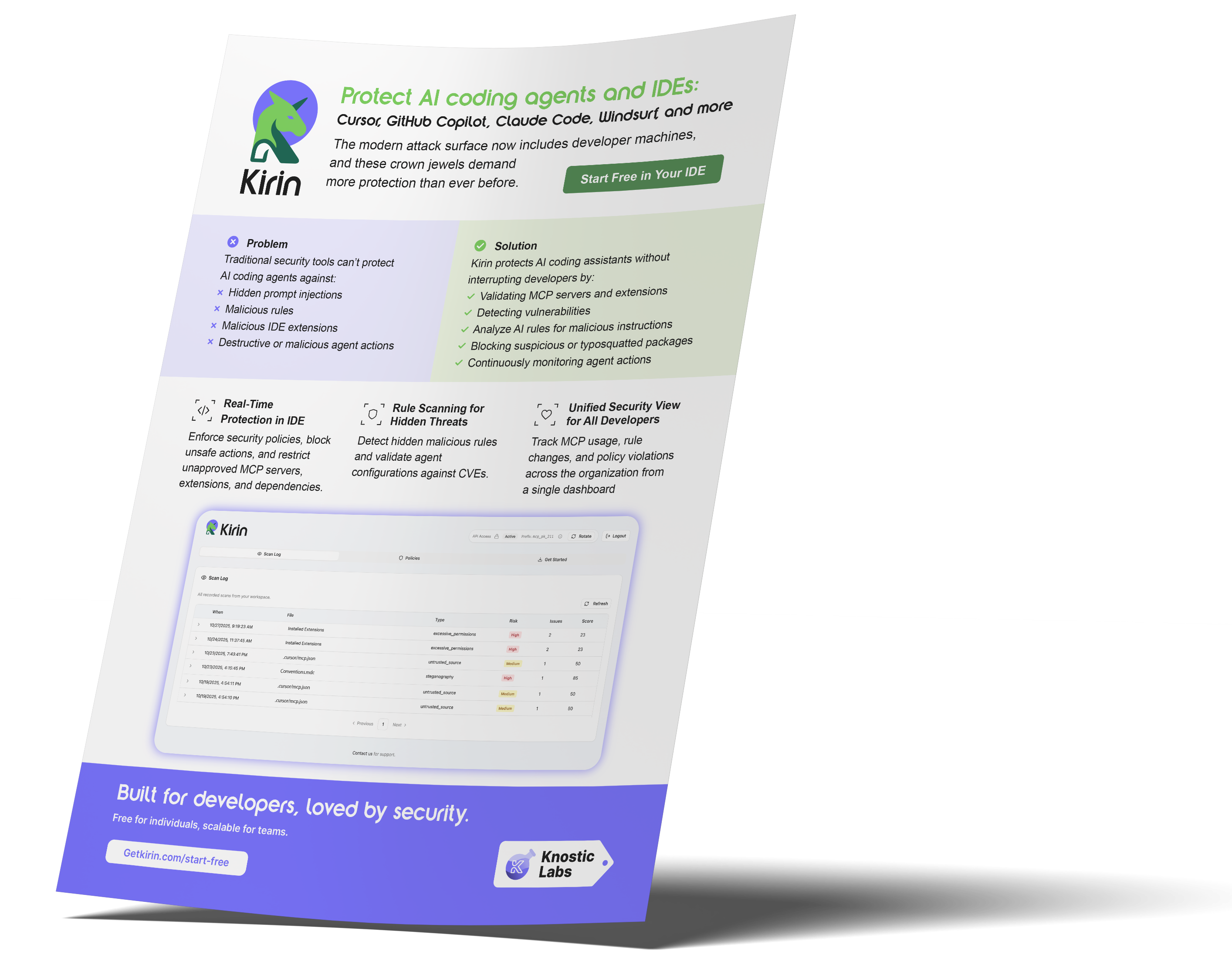




![AI Data Governance Guide for Enterprise Teams [2025]](https://www.knostic.ai/hs-fs/hubfs/What-is-AI-data-governance.jpg?width=520&height=294&name=What-is-AI-data-governance.jpg)


